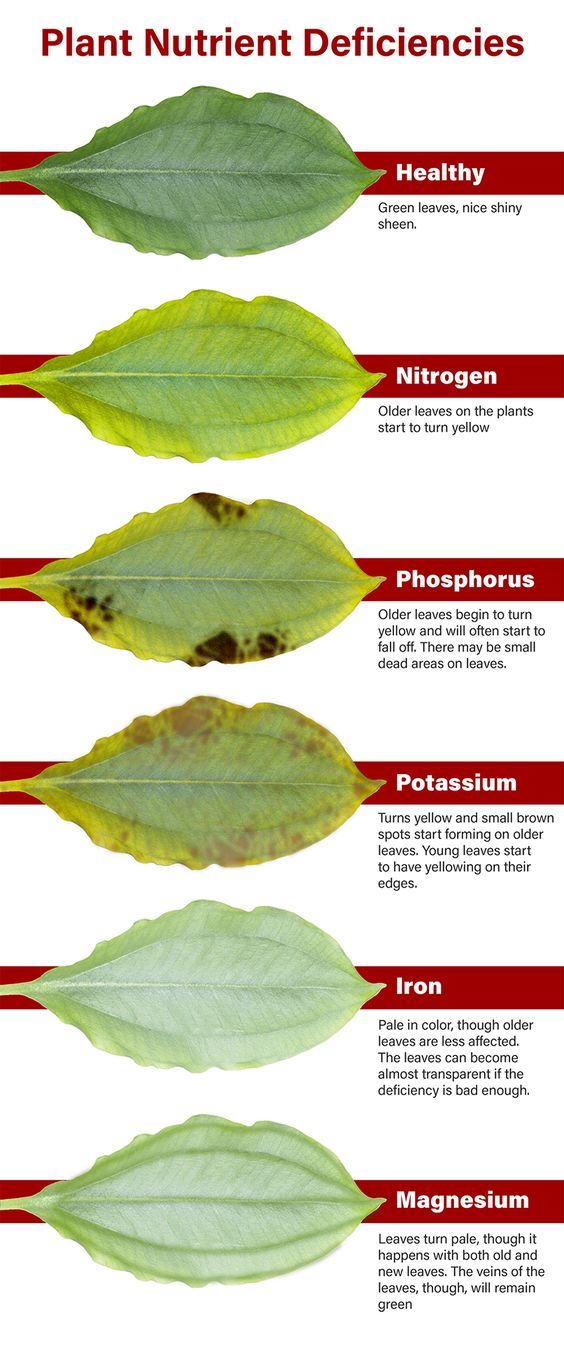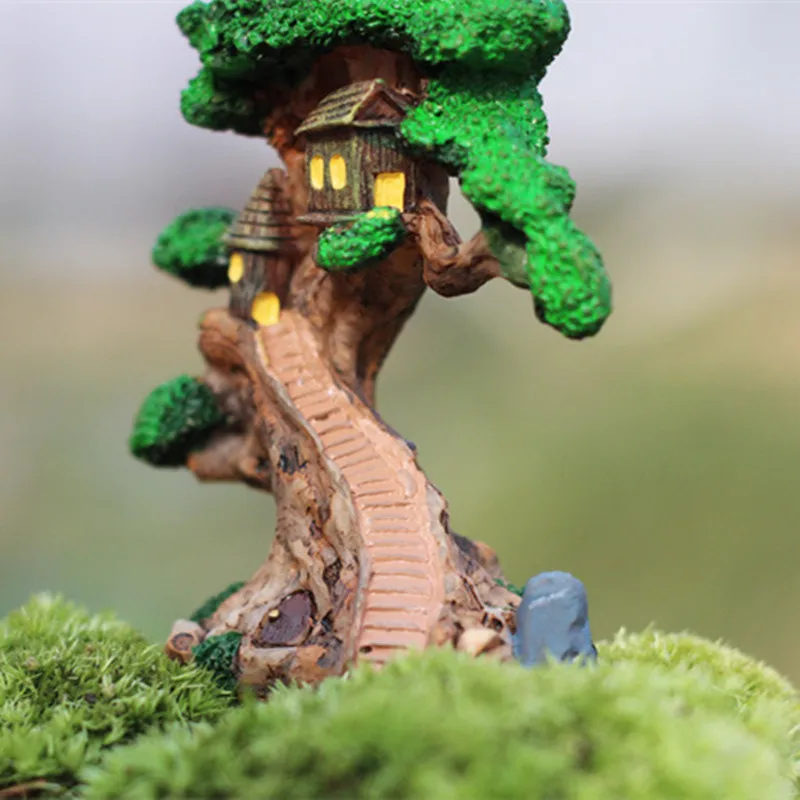How to care plants in winter
Winter Care: Caring For Plants
Winter is probably the easiest time of year to kill a houseplant. Grueling growing conditions like lower light levels, dry air, shorter days and chilly temperatures put houseplants through the paces.
The secret to helping plants survive winter is adjusting care routines to suit seasonal growing conditions. Review the basics to give your houseplants top-notch care this winter.
Light
In winter, the sun slips lower in the sky and light levels near windows drop up to 50%. Houseplants that grow near a sunny eastern or northern window in summer may need a southern or western exposure in winter. Likewise, plants near western or southern windows that need filtered light in summer may be able to withstand direct sun in winter.
To help plants cope with changing light levels:
- Move plants closer to windows, if possible.
- Clean windows to allow maximum light transmission.
- Shift plants to new locations near brighter windows for winter.
- Wash dust off plants so leaves can make maximum use of available light.
- Add artificial light. Fluorescent bulbs provide adequate light. They're cheaper than traditional grow lights and produce less heat. Position bulbs 4-12 inches away from plants for effective results.
Temperature
Most houseplants are tropicals and prefer temperatures between 65-75°F during the day and about 10 degrees cooler at night. For many plants, temperatures below 50°F can cause problems.
Adjust thermostats to cater to your comfort, but remember your plants need some consideration.
- Avoid placing plants near cold drafts or heat sources.
- Keep plants several inches away from exterior windows.
- In cold regions, if windows frost overnight, move plants away from windows at dusk. You can also slip a heavy shade or other insulating material between plants and glass.

Humidity
Homes may offer only 5-10% relative humidity in winter. Houseplants like 40-50%. Signs of low humidity stress on plants include brown leaf tips and appearance of pests like Spider Mites. Learn simple ways to improve humidity around plants.
Water
The most common problem houseplants suffer from in winter is overwatering. About 95% of houseplants need soil to dry out almost completely before watering. How can you tell if plants need water?
- Don't just spot test the soil surface. Plants need water when the root zone is dry. Poke your finger into soil up to 2 inches. If the soil is dry, water.
- Lift the pot. Soil is lighter when it's dry. Learn how wet soil feels by lifting pots immediately after watering.
- If you humidify winter rooms, plants won't need water as often. Dry air means watering.
- Exceptions to drying out between watering: Potted citrus and ferns require consistently moist soil.
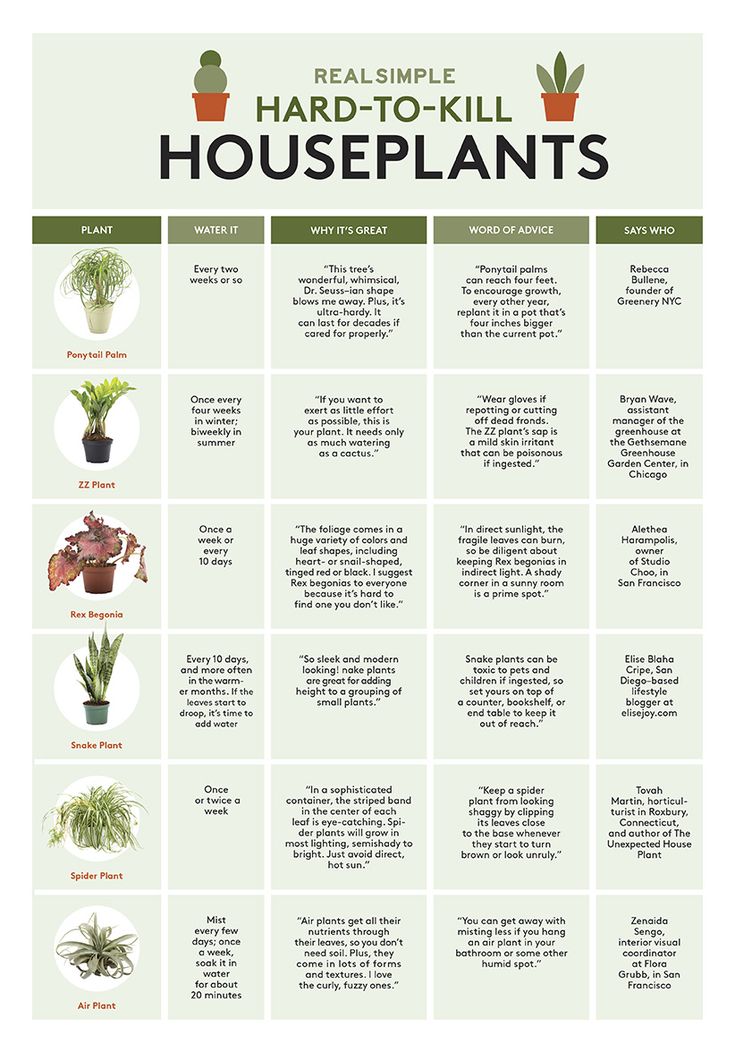 Always research plant moisture needs if you're unsure.
Always research plant moisture needs if you're unsure.
When you do water, never allow plants to sit overnight in water that collects in the drainage saucer.
Fertilizer
In mild climates, continue to fertilize plants through winter. In coldest climates where natural light levels are low, do not fertilize houseplants in winter. Resume fertilizing when outdoor plants wake up in spring.
Prune
Winter growth can be leggy. Pinch plants to promote branching and bushiness.
Repot
The right time to repot most houseplants is during periods of active growth – in spring and summer. The exception is potted woody plants that go completely dormant in winter. Transplant those prior to bud break in early spring.
More About Houseplants
- The benefits of houseplants are many, including improving indoor air quality and reducing sickness.
- Learn about houseplant insects and common houseplant diseases.
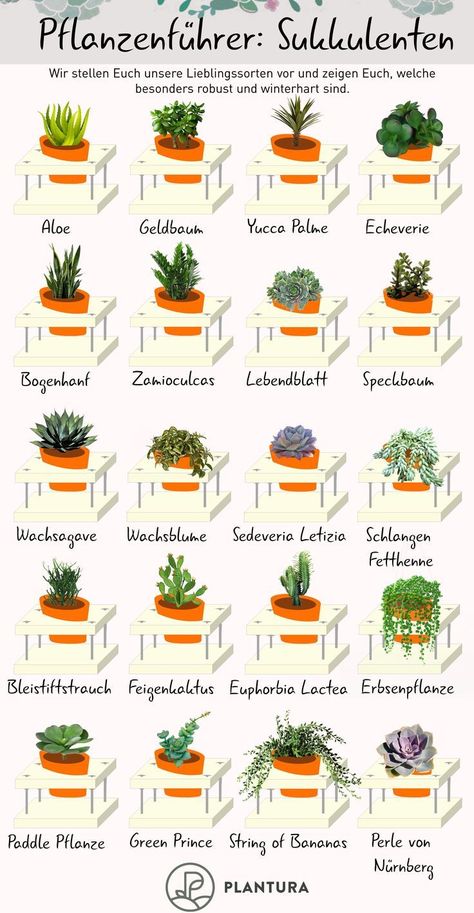
- Looking for ideas on what houseplant to buy? For starters, you may want to learn which houseplants are toxic to people or pets. Check out five fabulous foliage plants for eye-catching indoor color.
More Lawn Solution Articles for You
How To Clean Your Houseplants
Healthy houseplants need cleaning in order to survive. Cleaning does more than make the plant look good. It fuels their health and limits...
read more
Bugs in Houseplants? Learn How to Avoid.
Look for pests before bringing houseplants indoors. The cold weather forces you to bring your outdoors plants inside for the season. Before...
read more
Repotting Houseplants
Repotting houseplants will keep them clean. Repotting houseplants allows for fresh soil and room for new growth to help keep plants healthy.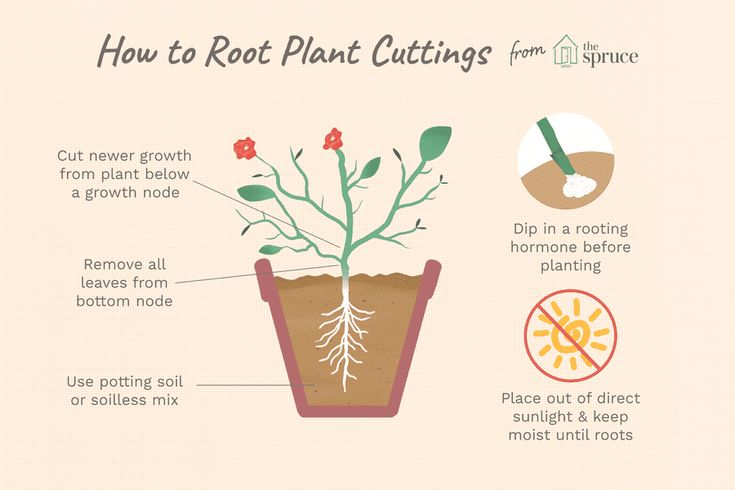 ..
..
read more
Copyright © 2022 bioadvanced.com All Right Reserved.
14 Tips For Bringing Plants Inside and Caring for Them Through Winter
Even indoor plants can sometimes have a tough time surviving the winter. Fortunately, there's a lot you can do to help your house plants make it through the winter in the best of health. Here's what to keep in mind.
Every editorial product is independently selected, though we may be compensated or receive an affiliate commission if you buy something through our links. Ratings and prices are accurate and items are in stock as of time of publication.
1 / 14
imnoom/Shutterstock
Cut Down on Water
Almost all house plants go into hibernation mode over the winter, which means they don’t need as much water. If you keep watering them at summer rates, they could develop rot or diseases.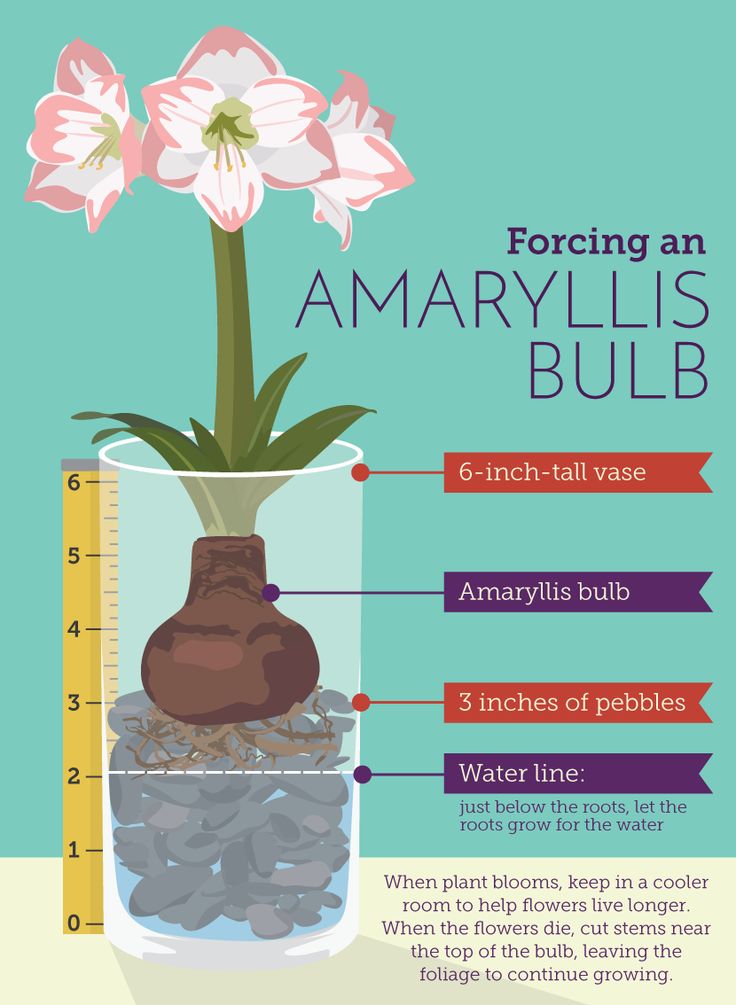 So caring for houseplants in winter starts with watering only lightly. When in doubt, check to see if the soil is moist about an inch below the surface. Exceptions to this are citrus species, which tend to do better with higher moisture soil.
So caring for houseplants in winter starts with watering only lightly. When in doubt, check to see if the soil is moist about an inch below the surface. Exceptions to this are citrus species, which tend to do better with higher moisture soil.
2 / 14
adriaticfoto/Shutterstock
Avoid or Dilute Fertilizer
Similar to water, you don’t want to over-fertilize your house plants in the winter. And if your plants are healthy, skip fertilizing altogether. If you think they need some fertilizer, dilute it by at least 50 percent before applying, preferably in the fall.
3 / 14
gorillaimages/Shutterstock
Wash and Trim Plants Before Bringing Them In
It’s common to bring beloved potted plants in for the winter, but they need your attention first. Wash the plants gently and trim them up before bringing them inside.
4 / 14
Robert Przybysz/Shutterstock
Don’t Repot Until Spring, if Possible
5 / 14
Olinchuk/Shutterstock
Remember to Clean the Leaves
In winter, homes tend to be closed up and more dust is often spread through the air.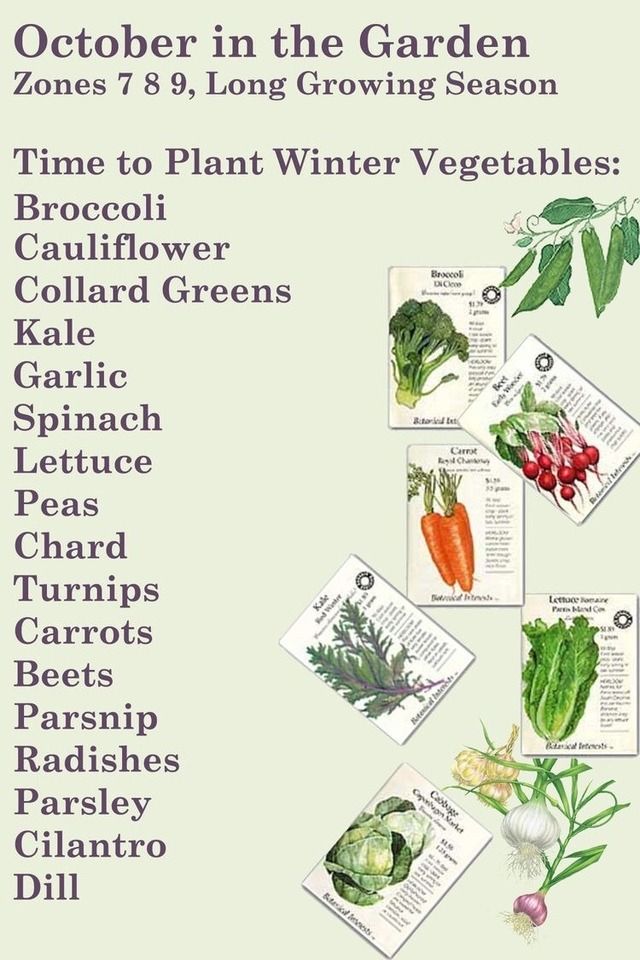 Dusty leaves are bad news, as they encourage disease and prevent house plants from absorbing sunlight. Lightly brush dust off the leaves of your plants every month or so.
Dusty leaves are bad news, as they encourage disease and prevent house plants from absorbing sunlight. Lightly brush dust off the leaves of your plants every month or so.
6 / 14
Lyashenko Egor/shutterstock
Build an Indoor Window Box for Maximum Sunlight
If you want to create a collection of useful herbs or uplifting flowers for winter, make a window box to display them and give them plenty of light. Choose hardy species. Then you can move the window box outside in the spring.
7 / 14
Scott Latham/Shutterstock
Avoid Drafts and Breezes
8 / 14
Yury Stroykin/Shutterstock
Use a Humidifier
9 / 14
yogesh_more/Shutterstock
Watch Out for Pests
Winter pests are problematic for window plants.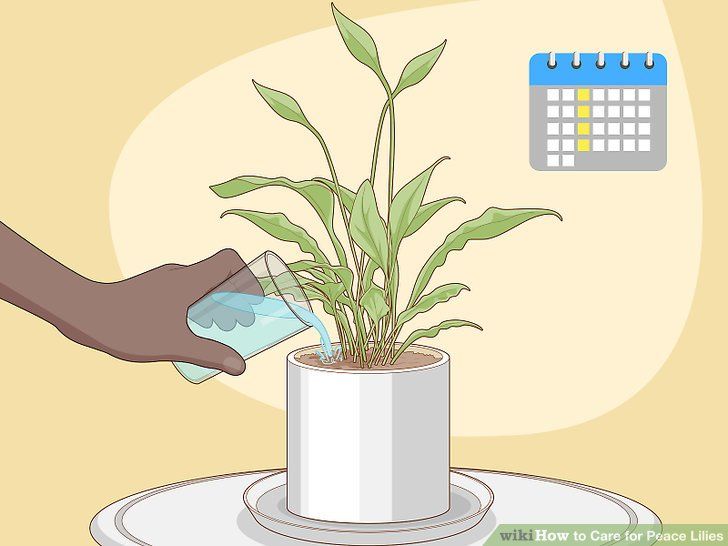 If they find your plants, they can easily spread throughout the house and do a lot of damage. Keep houseplants clean and watch for pests like mites. If you spot a problem, isolate the plant and treat it immediately.
If they find your plants, they can easily spread throughout the house and do a lot of damage. Keep houseplants clean and watch for pests like mites. If you spot a problem, isolate the plant and treat it immediately.
10 / 14
Monkey Business Images/Shutterstock
Add Extra Water for Vacations
If you’re going on vacation for two weeks or more, it’s all right to break the low-water rule and give your house plants an extra soaking so they stay healthy.
11 / 14
Yevhen Prozhyrko/Shutterstock
Avoid Too Much Heat
12 / 14
Yevhen Prozhyrko/Shutterstock
Move Plants Away From Windows on Freezing Nights
The air near windows can grow perilously cold for plants when the temperature outside drops at night. Move house plants off the windowsill if you think they may freeze.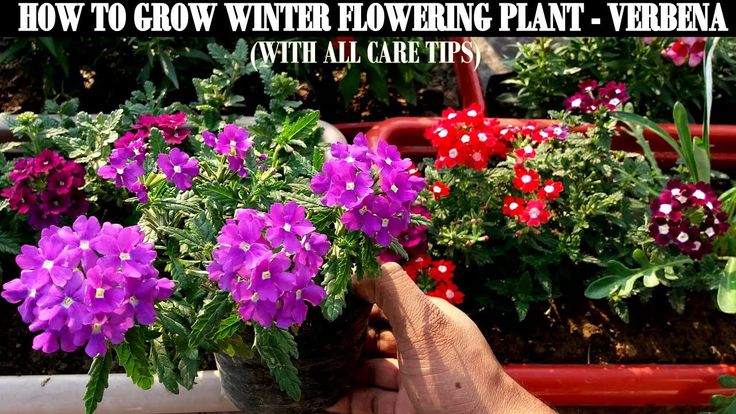 Some people leave the plants in place and cover them with newspaper, but moving them is often easier.
Some people leave the plants in place and cover them with newspaper, but moving them is often easier.
13 / 14
Photographee.eu/Shutterstock
Have a Lot of Plants to Bring Indoors? Build a Sunroom
If you’re proud of all your patio and deck plants and want to bring in as many as possible (especially those with large pots), consider adding a full sunroom or enclosed porch. Then you can guarantee temperature control and ensure the plants get plenty of light.
14 / 14
nikkytok/Shutterstock
For Short Days, Consider a Grow Light
If the days are particularly short and dark in your area, consider purchasing an LED grow light to provide your house plants with extra energy. And keep in mind the color of the light affects how the plants will grow.
Make sure to keep in mind these other ways to winterize your garden.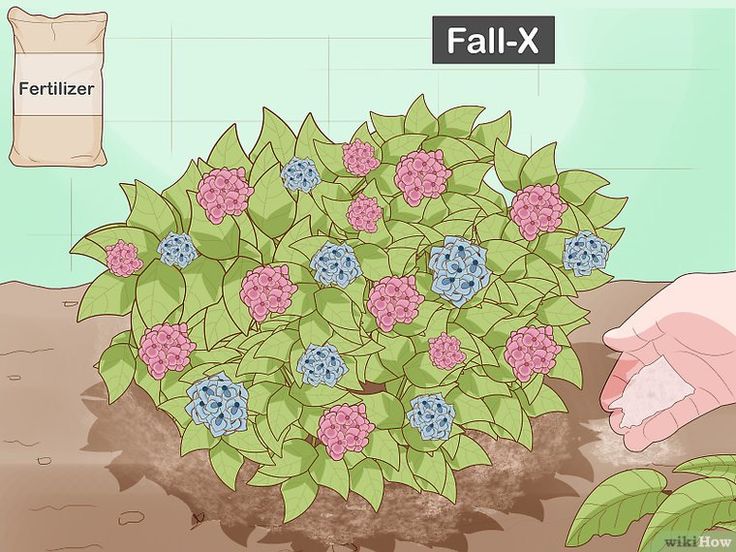
Originally Published: September 16, 2020
7 important tips for caring for indoor plants in winter
Top
01/10/2020
1 star 2 stars 3 stars 4 stars 5 stars
In winter, it is important to reduce watering, monitor the temperature in the room and not overdo it with fertilizers. We talk about these and other rules for caring for plants that will help them survive the winter hibernation. nine0003
Told some important care rules in the video
1 Reduce watering
In winter, any plant, even tropical ones, needs to be transferred to a reduced watering regime. This is due to the fact that all processes, including growth, slow down or stop, and it ceases to absorb moisture in the same volume.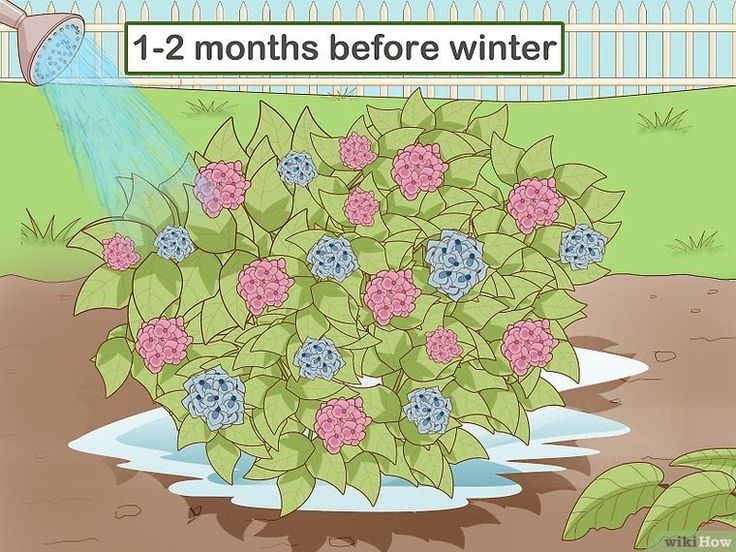 Moisture remains in the soil and this leads to root rot.
Moisture remains in the soil and this leads to root rot.
Instagram: @madamefitil
Watering regimen for different plant species:
- Moisture-loving species that require very frequent watering and sprinkling in summer should be watered once or twice a week in winter. Before watering, make sure that the top layer of soil, at least 3-4 cm thick, is dry. And do not forget to drain the water from the pan. If the leaves are a little drooping, you can lightly spray them with a spray bottle.
- Plants that you watered once or twice a week now need to be watered twice a month. Monitor the condition of the foliage: if yellowing and wilting have begun, you can increase the watering period to once every 10 days. nine0024
- The most unpretentious varieties, like cacti and succulents, freeze in winter, so once a month is enough for them.
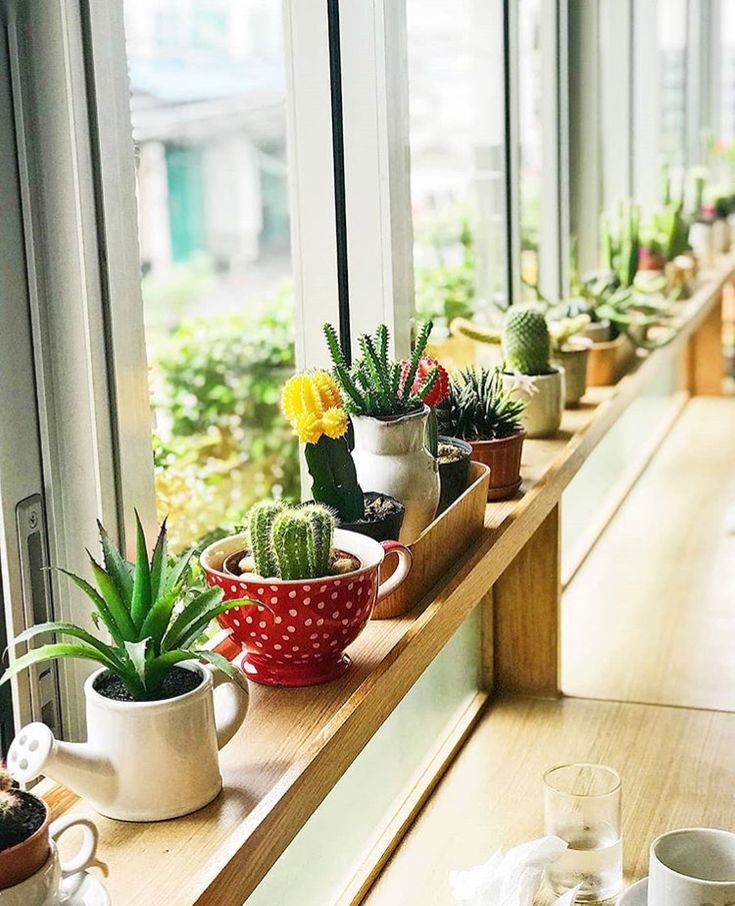
2 Monitor temperature
Unsplash
Unsplash
Study the description of your flower, many varieties need to fall into a kind of hibernation in winter in order to resume growth and prepare for flowering in the spring. Therefore, the best place for such varieties will be a corridor, a cool, but not cold loggia, or at least a place in the room away from the central heating battery. nine0003
3 Take care of humidity
Instagram: @olga_and_flowers
Instagram: @green_dvorik
Dry air is harmful to moisture-loving species even with reduced watering. Therefore, if the house is dry, it makes sense to start a humidifier or spray water in the air next to the plants from a spray bottle. By the way, this solution will also be useful for people living at home, since very dry air is harmful to the skin and health in general.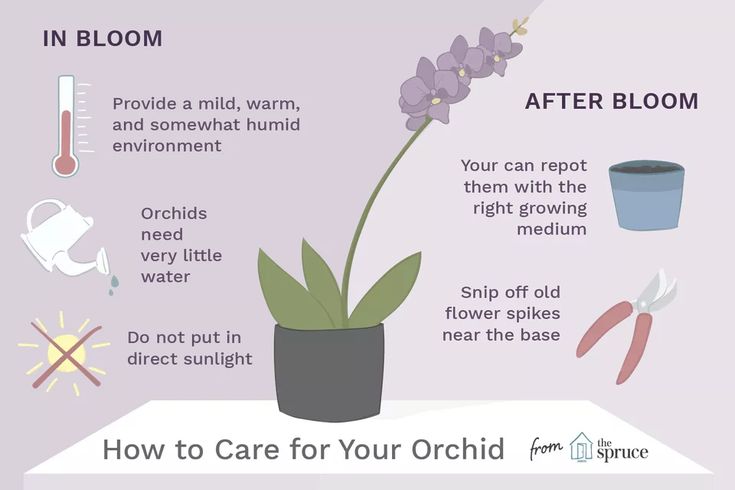 nine0003
nine0003
4 Think about lighting
Unsplash
In the northern latitudes, many plants have a hard time due to the small amount of daylight. The most obvious sign is yellowing of the leaves. If moving closer to the window does not help, you will have to think about purchasing a special lamp in a flower shop.
5 Protect from hypothermia
During prolonged ventilation in winter, it is better to rearrange the flowers away from the window or move them to another room. Also, make sure the leaves don't come into contact with cold glass or walls, and check the window for drafts. nine0003
Instagram: @lavka_zasteklom
Instagram: @triistoka
You can put a blanket or foam mat on a cold window sill so that the pots do not freeze from below. The lower part of the frame, if it is old and allows cold air to pass through, should be sealed with adhesive tape.
6 Choose the right fertilizer
In winter, plants need less fertilizer, as everything slows down. Therefore, they switch from the usual schedule to an abbreviated one and only for flowering varieties. On average, in the cold season, fertilizers are applied no more than 1-2 times. nine0003
Instagram: @orchid_master
Instagram: @radamin_turbo_mineral
At the same time, you need to abandon nitrogen compositions, completely switching to mineral ones. This is due to the fact that nitrogen provokes the growth of new leaves and shoots, and in winter they grow weak and faded, as the plant is in dormant mode.
7 Watch out for pests
It is very important to check the plants for pests and bacterial damage in winter. Dry air, damp soil and drafts cause pathogenic bacteria and parasites to multiply. Plus, plants are weakened during hibernation.
Instagram: @livemaster_ru
Instagram: @valeriya_nevskaya
To get rid of infected leaves, cut them with sterile scissors and treat them with antibacterial powder, which can be found in a flower shop. Affected stems will have to be treated with a medicinal solution from a spray bottle. nine0003
Cover photo: Unsplash
Prepared by
Maria Revina
PlantsWas the article interesting?
Share link
By clicking on the "Subscribe" button,
you consent to the processing of personal data
Recommended
nine0004 Gifts for yourself, family and friends: 8 ideas that will definitely pleaseMaking a candlestick with your own hands: 10 cool ideas and 71 photos
Rethinking the chalet: architects showed the project of a hotel in the mountains of Slovenia
nine0004 Bunk bed with a sofa: design features, design ideas and 45 photosAnalysts assessed how prices for rental housing in large cities have changed
Pipes for heating in the house: types, which ones to choose
nine0004 Like a hut: an unusual holiday home was built in New ZealandCandy introduced a new series of ovens Saga
Three in one: a startup showed a folding camper in the form of a trunk for Tesla Cybertruck
Advertising on IVD.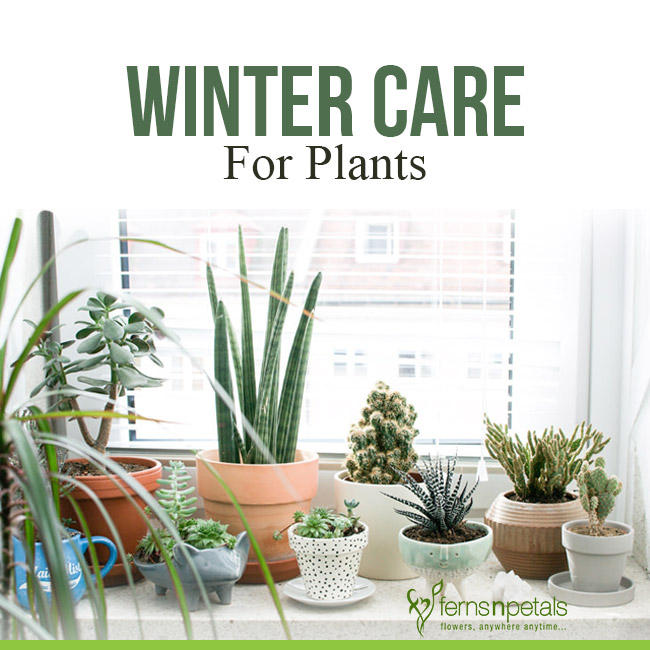 ru nine0003
ru nine0003
How to properly care for plants in winter and prevent them from dying - INMYROOM
LIFESTYLE
We tell you how to provide comfortable conditions for indoor plants in winter and prevent their death
Special offer
Winter is a difficult time for indoor plants. Due to the constant heating in houses, they dry out, and due to the lack of sunlight, they lose vitamins and shed their leaves. Our task is to help our plants survive this difficult period. nine0093
Vasilisa Fendrikova
Florist, founder of his own floristic studio
The rules of care differ depending on the type of plant, as there are plants that are more light-loving, there are less, there are those that need abundant watering, and on the contrary, there are species that drink little water. All these nuances need to be clarified when buying a flower, but we have collected universal tips regarding the most common problems.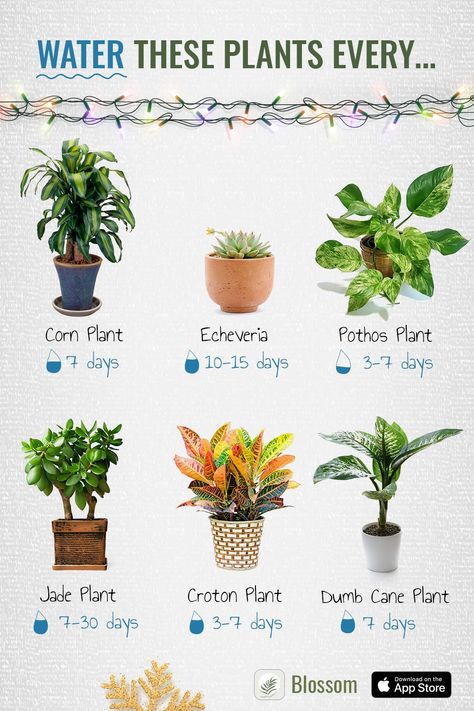
Moisture
As mentioned above, many plants suffer in the winter due to lack of moisture, resulting in dry leaf tips. To avoid this, you need to spray your greens daily, and it is better to get a humidifier. However, be careful, because there are plants whose leaves begin to rot if they get water. For example, violet belongs to them. For such flowers, it would be better to place wet expanded clay or pebbles on a pallet, it will nourish the plant with moisture without causing decay processes. nine0093
Watering
It is very important to develop and adhere to the correct watering regimen for each plant. The winter period does not mean that you have to constantly water the plant. If the dry tips of the plant indicate that it is thirsty, then the darkened ones mean that there is too much water, on the contrary. Therefore, before watering the plant, place your finger in the soil and check the moisture level of the top and middle layers of the soil.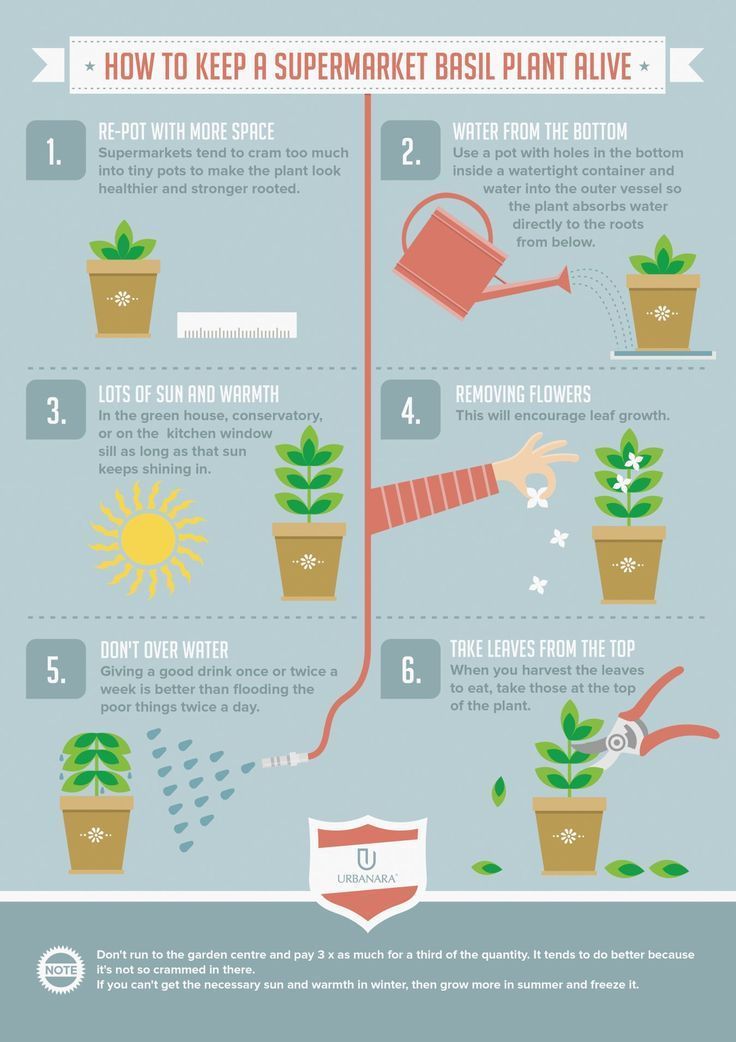
inmyroom tip
It is also very important to pay attention to the quality of the water you feed your plants. It must be filtered, as tap water contains a large amount of fluorine and boron, which lead to the drying of the plant.
Top dressing
Most plants are fertilized between May and October because they go dormant (pause in growth) during the winter. In this case, fertilizer should not be used. However, there are plants (orchids, violets, ficuses, decabrites) that do not stop growing in winter, and therefore it is important to feed them. The proportion of top dressing must be carefully calculated, since the excess will not benefit the plant. Also, do not use fertilizer more than once a month, because the plant's photosynthesis slows down due to the fact that daylight hours are getting shorter. nine0093
Lighting
Many plants that are not dormant in winter lack light. You can tell that a flower needs extra light if the color of its leaves turns pale, the stems bend towards the light, or the leaves begin to fall off.



